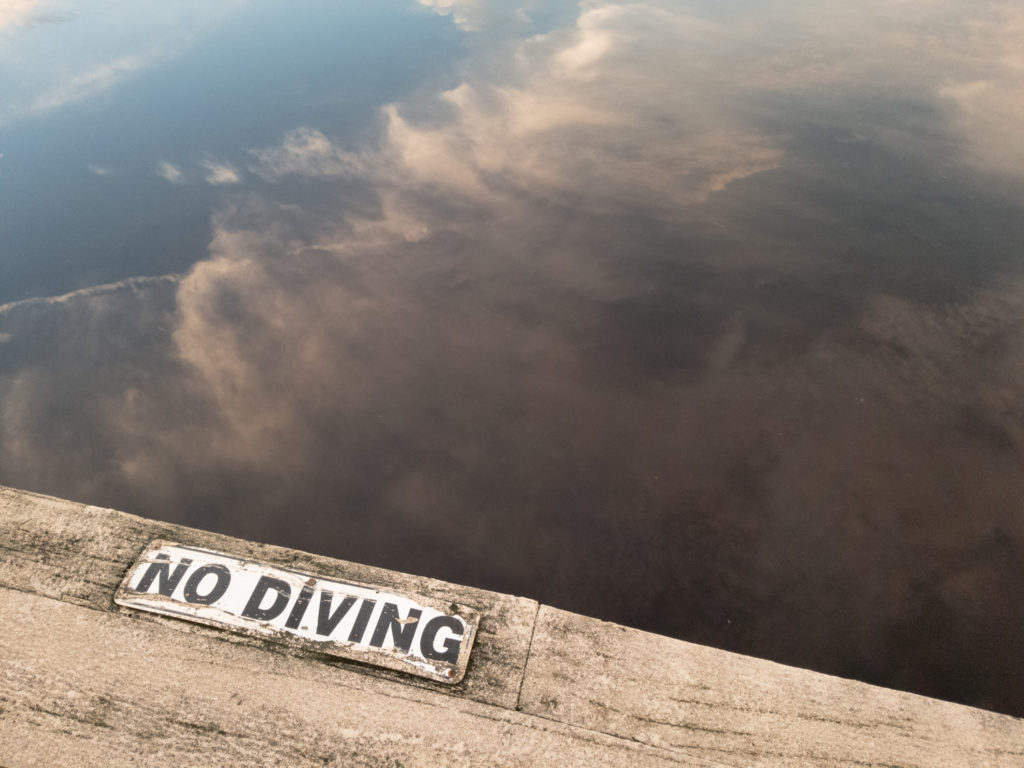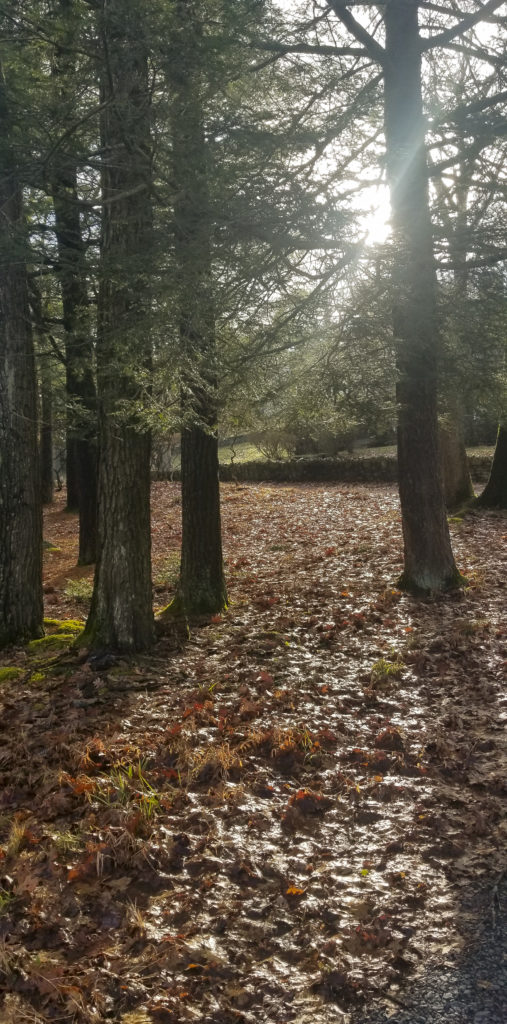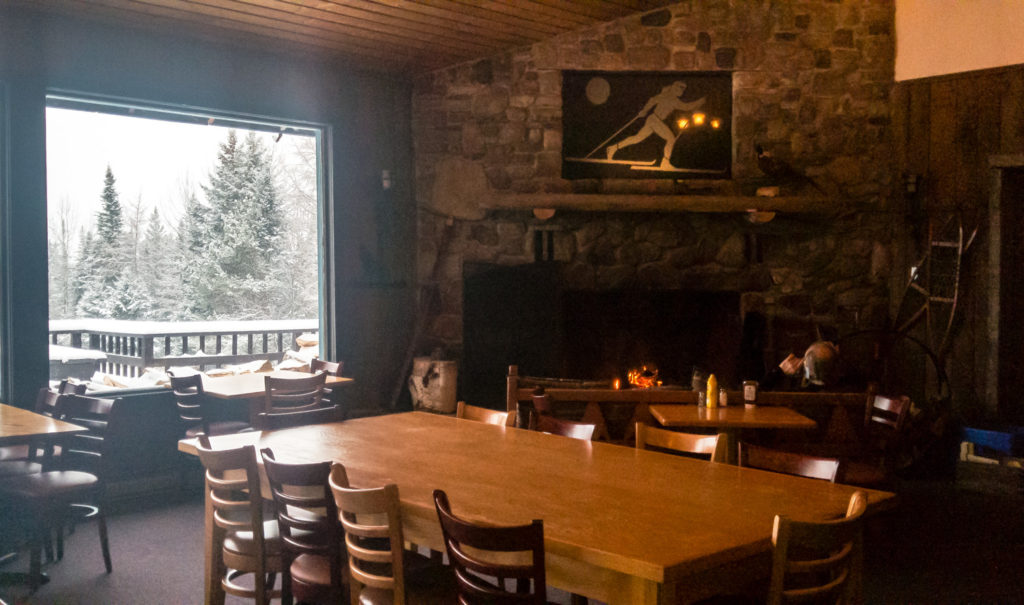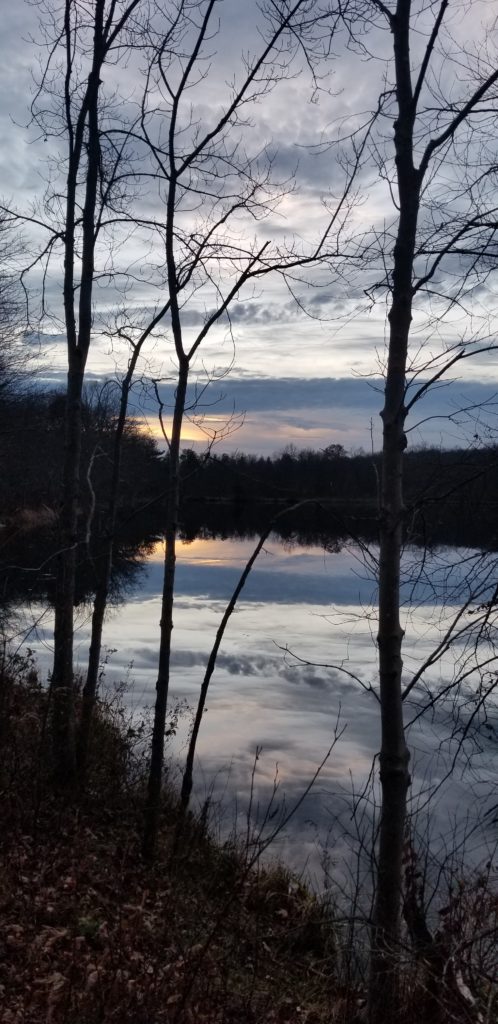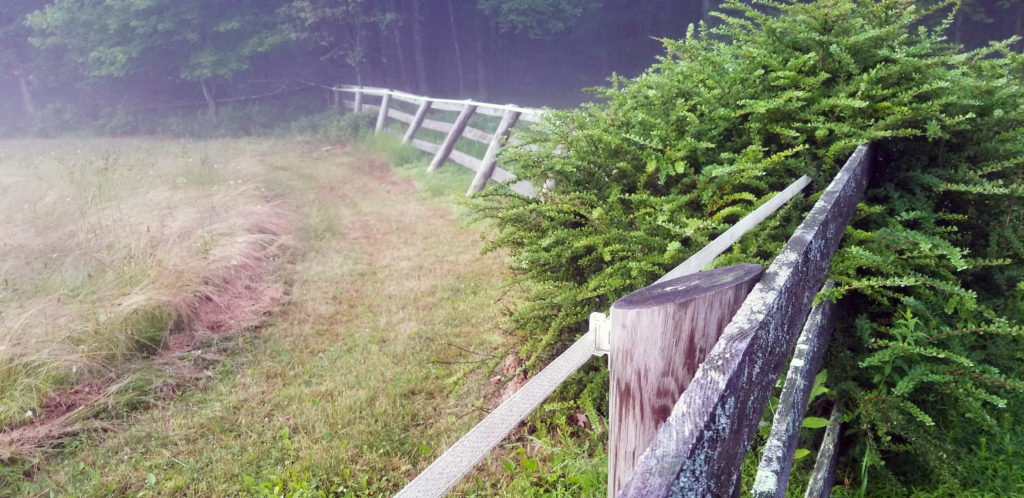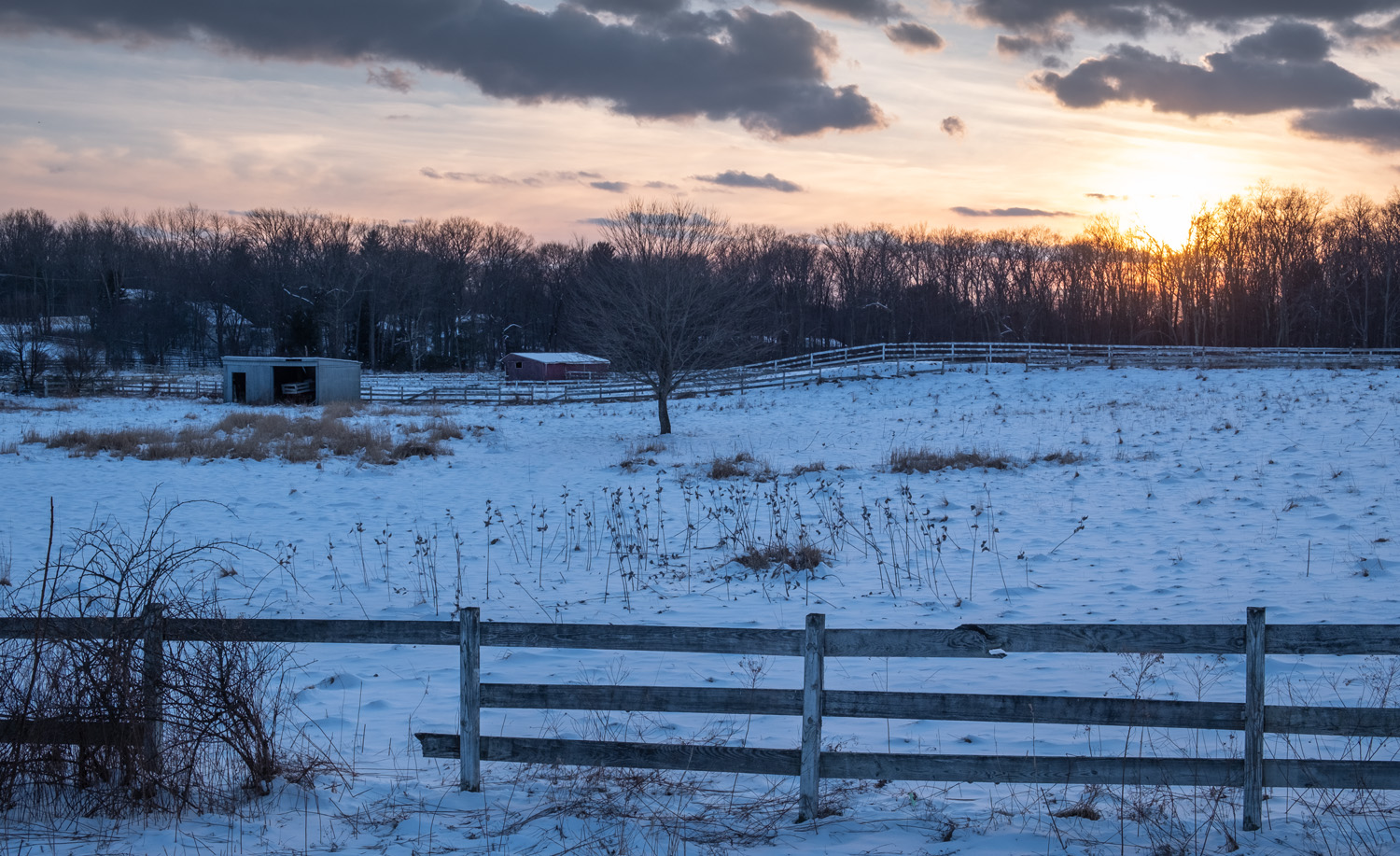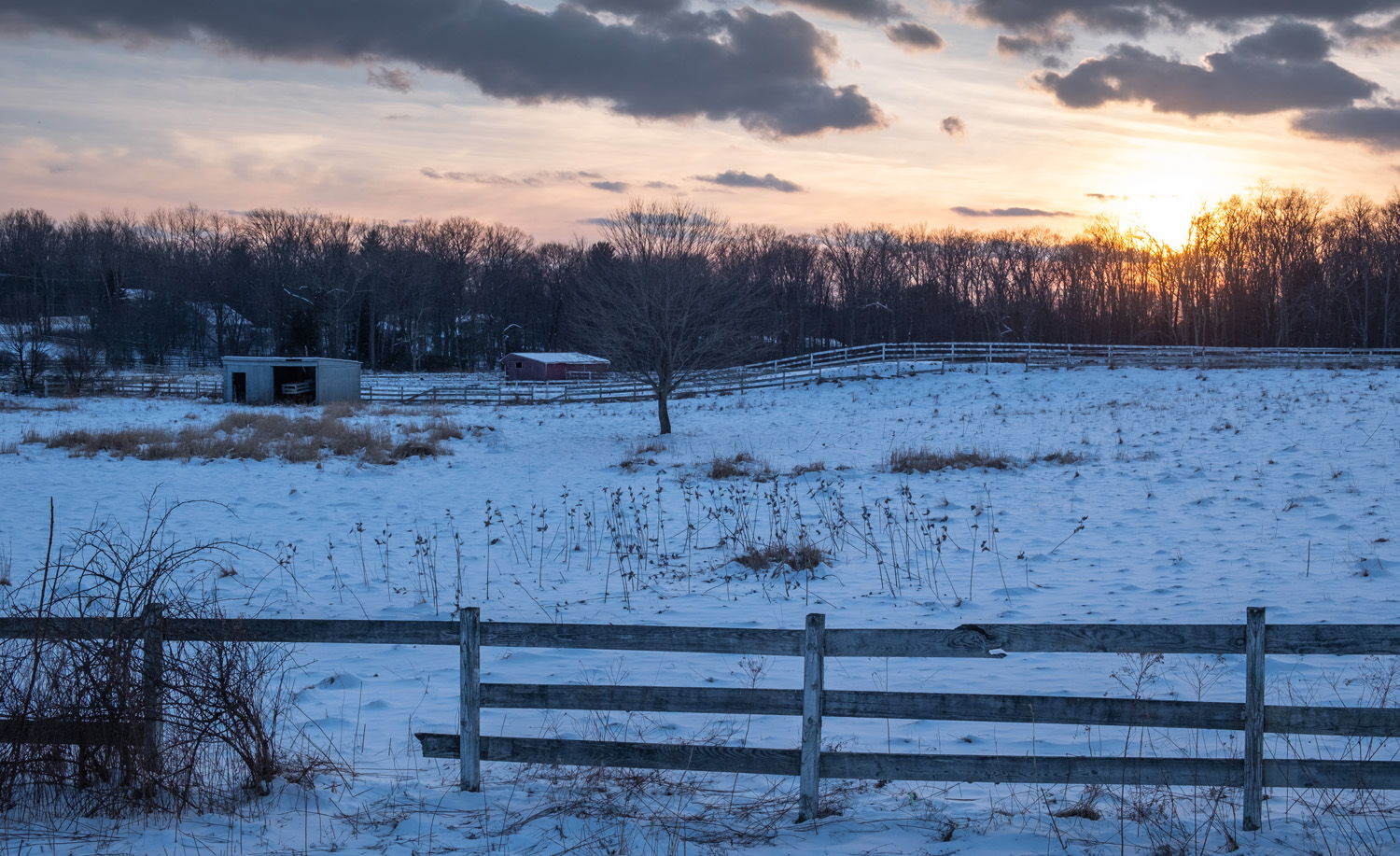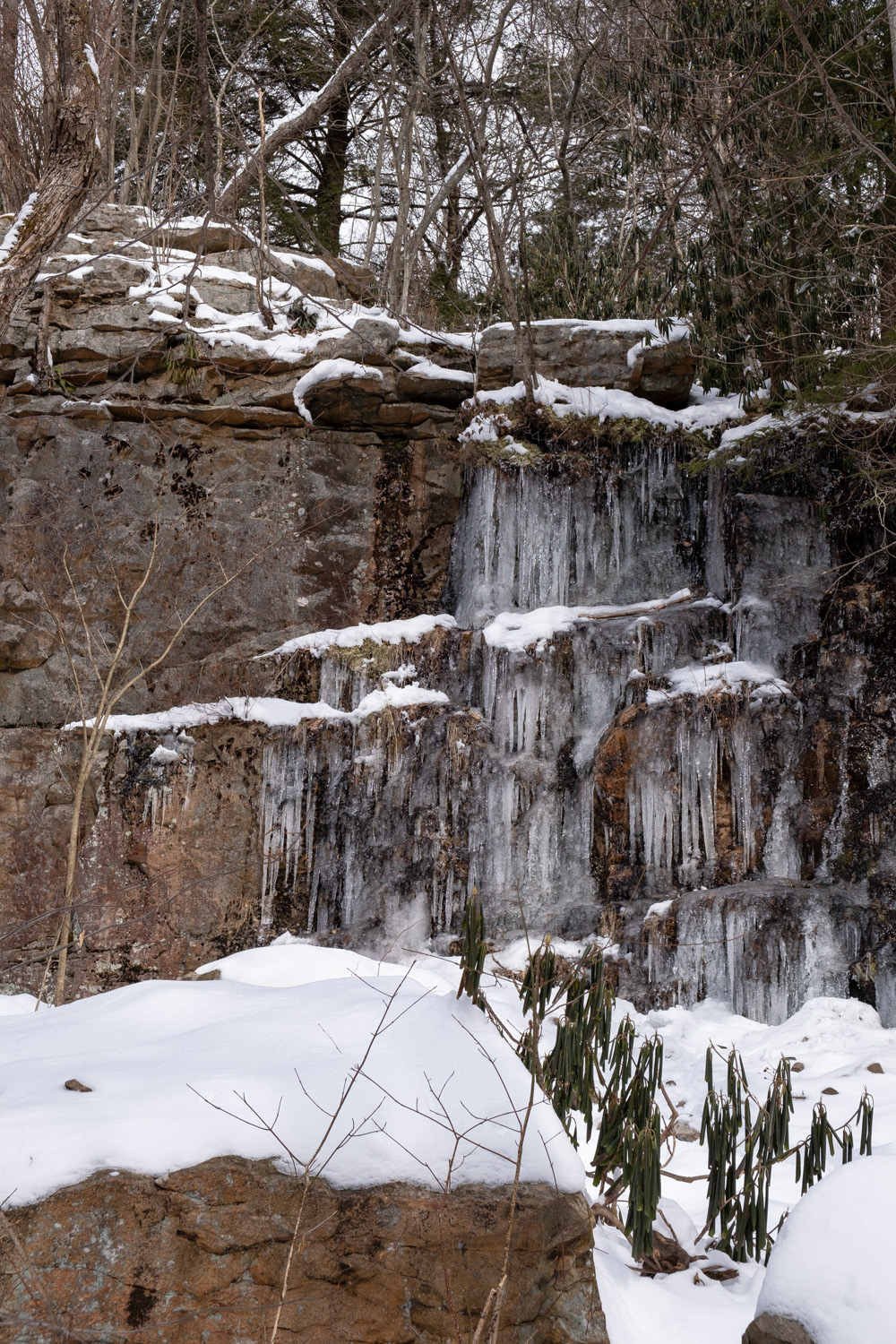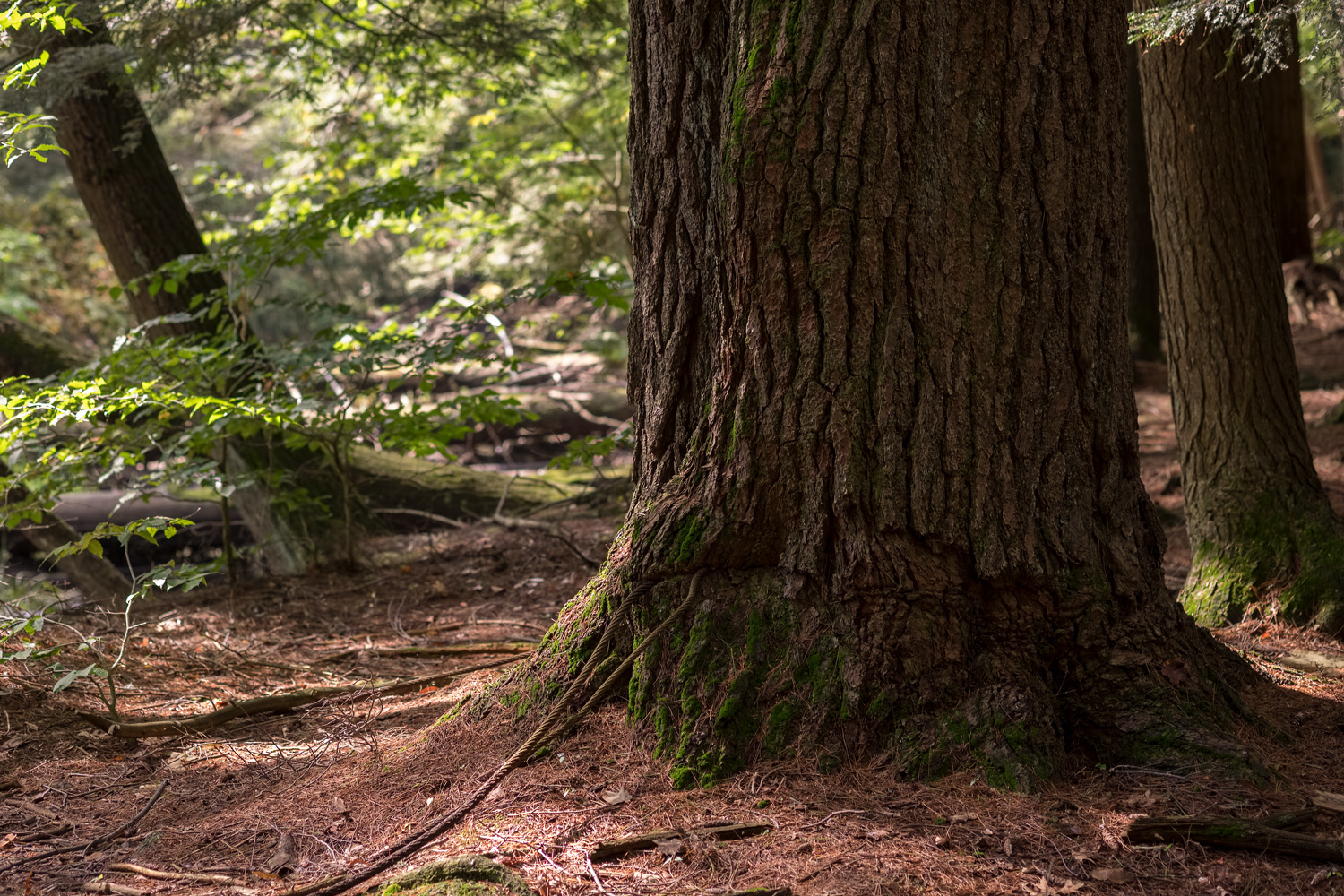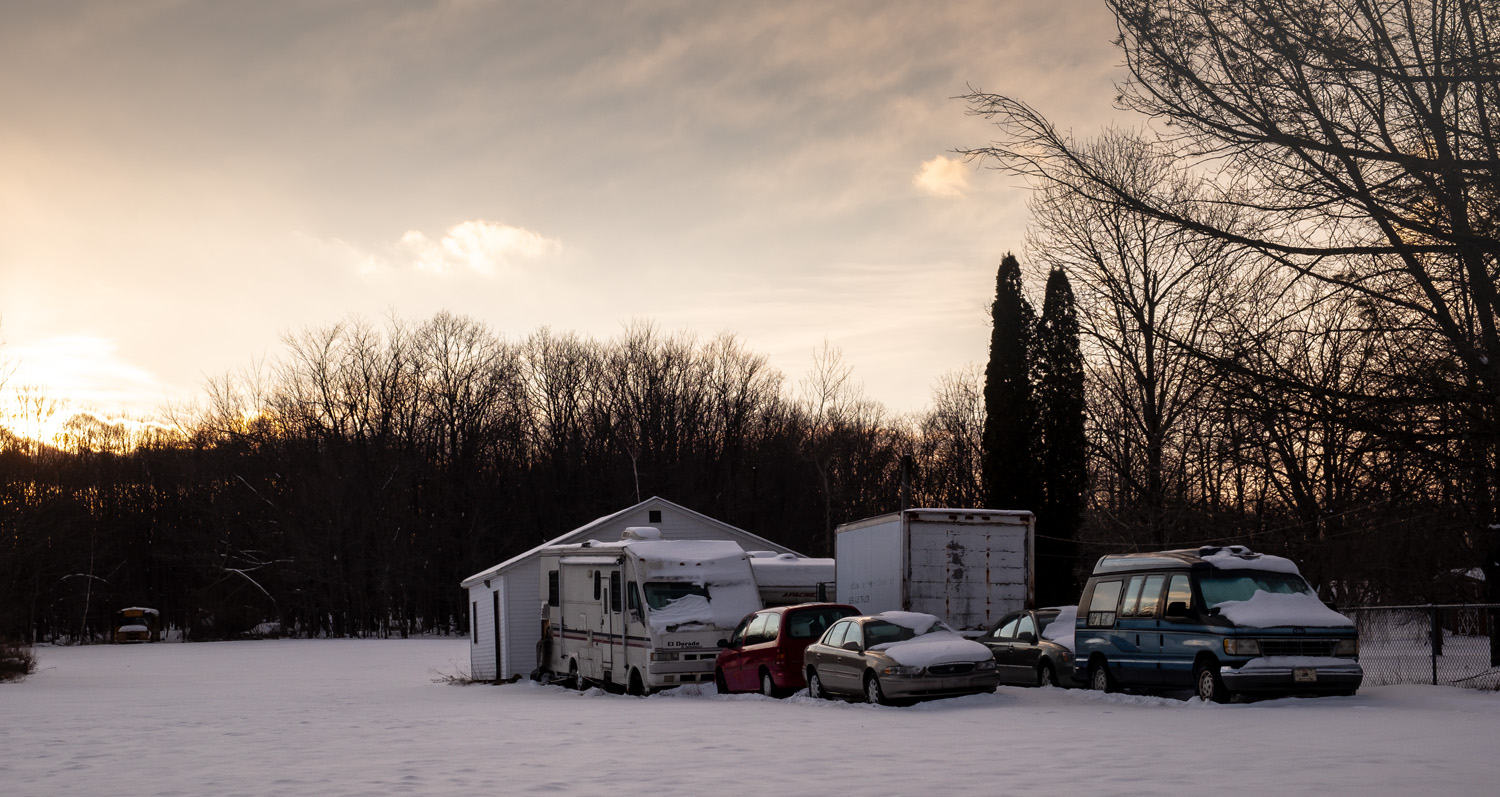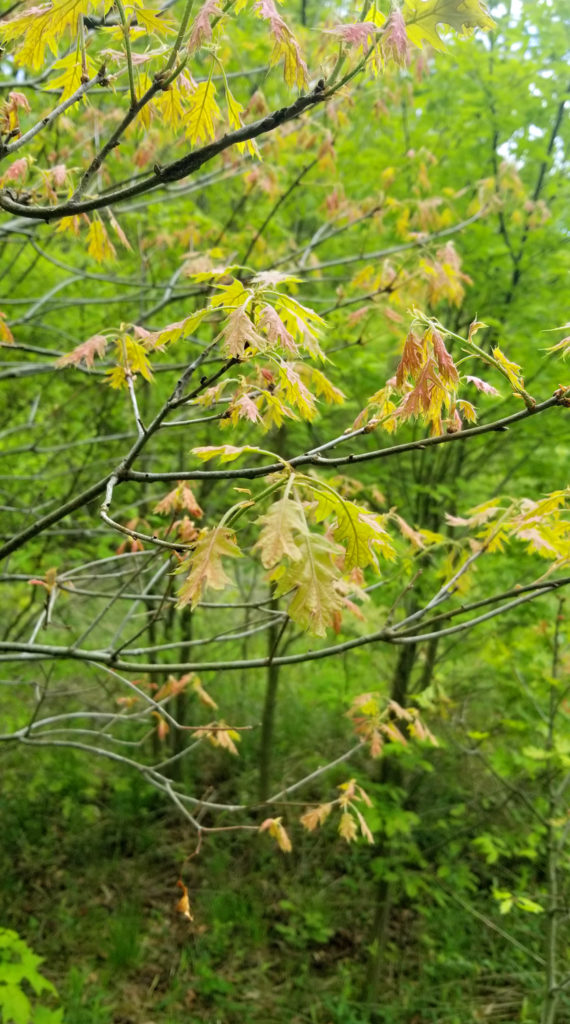
We have now reached week 10 of the Wolf/ Levine “2-week lockdown to flatten the curve”.
For my county, Luzerne, and other counties in eastern Pennsylvania, there is a tiny light at the end of the tunnel. On Friday, we are going to be allowed to exercise a slightly larger sliver of our former civil rights. We are moving into the “yellow” phase.
For many people, this will seem like thin gruel. Though the governor will allow us to open more of our businesses, which will undoubtedly help some to survive, he still refuses to allow restaurants, hair care professionals, athletic facilities, and shockingly, the almighty casinos to reopen. Schools also remained closed, even though children are minimally affected by this virus. Church services are still functionally forbidden.
He is finally allowing much of the Northwest of the state to move into the so-called “green” phase. Even this however is rather restricted with some businesses limited to 75% of capacity, and bars/restaurants limited to 50%. The governor likes to refer to this as “the new normal”.
He now apparently believes, that we cannot return to baseline until there is a vaccine (presumably one that is widely available). Perhaps conveniently for him, this is unlikely to occur before early November.
If I lived for instance in Tioga, Cameron, or Sullivan County each of which has low single-digit numbers of cases, and no deaths, I would be furious. These counties have likely had more influenza cases than COVID cases, yet they are only now being allowed into the “green” phase. Imagine owning a small business in say, Coudersport, and watching it fail, arguably for no good reason.
Germane to this, is new data out of the CDC suggesting that the death rate of this virus, based on the ever-growing number of documented asymptomatic cases, is down to about 0.25%. This is roughly what is seen during a bad influenza year.
,Another fascinating study has found that 40% of random blood samples collected from patients prior to the pandemic have immunologic cross-reactivity with COVID 19. In other words: some of us may have had full or partial immunity to this coronavirus all along. This helps to explain so many infected ended up asymptomatic or with very mild cases.
As I reflect on this, I think most everyone supported a short period of lockdown, especially given circumstances such as those in Italy, and of course in New York City. It was not unreasonable to think that such a dire situation could’ve happened here. It clearly did not, but despite this, the lockdown continues.
In fact, most of the severity of COVID 19 in Pennsylvania occurred because of the Wolf/ Levine decision to insist that infected patients be admitted to nursing care facilities. This of course occurred at the same time Dr. Levine insisted her elderly mother be moved from just such a facility, to a hotel. I don’t really want to fault a decision to protect an aging parent, but the sense of risk to the mother should have absolutely informed the decisions affecting other elders at risk.
If one looks at deaths per 100,000 of the population, Pennsylvania’s number is 40. Florida, early on did the opposite and prohibited COVID patients from admission to nursing facilities. Their death rate that is one quarter as large. As more than 2/3 of deaths in Pennsylvania involved nursing facilities or personal care homes, the numbers make sense. And remember, Florida locked down less severely, and opened
Now to be fair, there was a concern at the beginning of the pandemic that hospital beds would quickly fill, and nursing homes would have to be utilized for convalescing patients. On the other hand, the first outbreaks in the country, occurred in Washington state where it swept in deadly fashion through nursing homes in the Seattle area. This might have been a clue as to what not to do.
At any rate, the disease statistics being used to justify our imprisonment were mostly the result of faulty decisions made at the beginning of this pandemic. And so far as I can tell the governor’s emergency powers have no time limit.
I was curious about what limitations different states place on their executive branch during times of emergency. It turns out that 35 states are like Pennsylvania, in that they allow the governor to change both statutes and regulations under emergency powers. Seven states allow Governors to only change regulations, and 8 states give the governor no explicit power under these circumstances.
While we need to our governors, to have flexibility during times of emergency, this should have limits.
We need to revamp the system. I imagine the law modified so that at some point, perhaps a month, any emergency authority should expire, which would relax all the restrictions that have been imposed. This would occur unless the state legislature voted to extend the time limits. Any extension by statute ought to itself be limited, requiring additional votes. This would force the governor to work with the legislative branch, rather than reject their input as Governor Wolf has done.
I have no wish to disparage fellow public servants who in the beginning, worked very hard to contain this pandemic. Happily they succeeded. As this drags on, it is not hard to believe that other factors are at play.
And they’re likely no longer about us.



